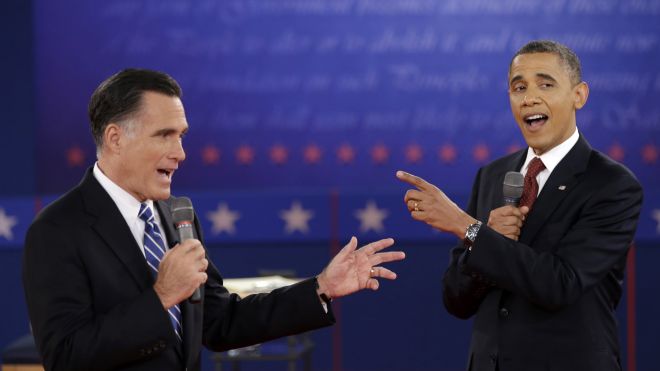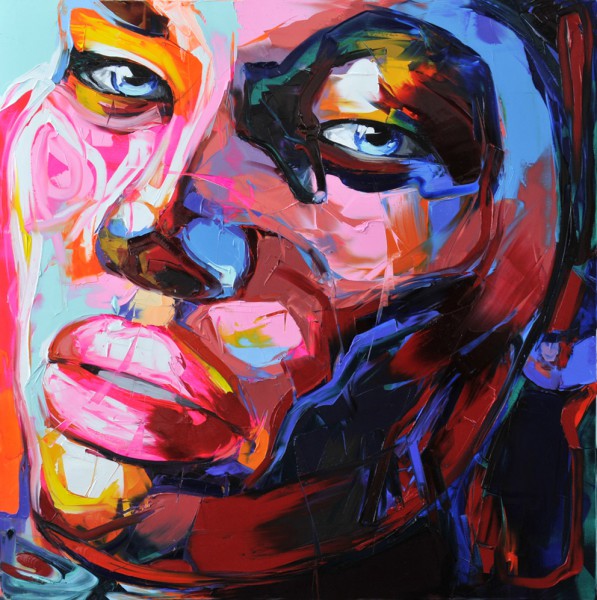
Francoise Nielly
Painter
… all of that classical imagery of South France is very alive as an experience inside of me. Maybe it is wht led me to the use of fluorescent colors in my paintings.
– It’s known that the childhood is one of the most important periods of an artist’s life. When you close your eyes and think about those years, what colors and what kind of memories do you see? Can you tell us about your father and how he inspired you?
Thinking of my childhood is definitly not my favorite thing. With an over protected crippled sister I often felt lonesome, not to say abandonned! Of course I also had nice times, like summer in Cavalaire where we lived on the Mediteranéan side, building huts and cabins and hunting butterflies. I have vivid images of colors, of brightness. Yellow, sunshine, blue, heat, cicadas, pin smell, light… all of that classical imagery of South France is very alive as an experience inside of me. Maybe it is what led me to the use of fluorescent colors in my paintings.
My dad was an architect ; busy man, rather harsh, demanding and critical ; I spent number of thursdays drawing on a drawing table in his office ; my education was drastic, there was no room for flaws or errors. Nonetheless, i do have a strong admiration for him. He was quite a talented architect.
He taught me photography and optique. He also took me with him on numbers of his construction sites and with him I started to have a different look on architecture.
Maybe in a way he inspired me on how to construct a painting as well as on disciplin, i cant really say, but i also like deconstruction and crazyness.
– You grew up in Southern France, and now, you live and work in Paris. While some artists, especially the ones who prefer working in traditional styles, dream about quite country houses in green valleys, you seem to be inspired by big and crowded cities, like Paris, New York and Vancouver. How does the urban culture affect you?
I love the urban culture, the one that grows in the street and that turns cities into play- grounds. All these graphs on the walls, on railways… It is such an untamed, wild and lively expression. Always on the move, cross- ing forbidden territories, borderlaw… Its exciting! I also love the racial diversity, the blend of colors, of people, the contrasts… Life in all its expressions! That is the magnetism of big cities.
At the same time, i do have also a strong need to escape from it. Painting is probably my main way to do it, even though i go back to nature quite often, but i dont feel like living surrounded by cows!
– When and how did you decide to earn your living by painting? If you were not a painter, what other job would you choose?
I left advertising eleven years ago. It was too much pressure and I wanted something on my own, the space to deliver my own expression. There is quite a number of jobs I would have like doing, but there is no accident, all of them are centered on image. (By the way, did you know that I have been a photographer?) Fashion design is one of them, filmmaking is also one of my favorites.
– In France, you have the soul of Impressionism all around you. From Claude Monet to Pierre Auguste Renoir, many great masters lived and created in that beautiful country. When you look back in art history, which artists and art movements do you find closer to yourself?
Impressionism is quite far away now. Museums do nurture that image, that part of art in history because it is very popular and it keeps attracting crowds. But in fact, a lot of things happened since : cubism, dada, surrealism, pop, etc
I do feel close to artists like Bacon, Warhol, Bodini, Freud. Because they are portraitist and i can relate to the way they see and how they translate it. I can also enjoy contemporary art, installations or some videos. Christos work is magic. He has a satellite vision, and his vision is grandiose… How he translates things on such huge scales; its compicated, its a game, its magnificent, its magic!
Abstract painting can also be close to me. In fact there is a part of my painting that is very close to abstract work, even if I end up being figurative…
– Both Renoir and Monet fell in love with the nature and greatly impressed by the power of it. How do you feel about nature and how do you evaluate our world’s future?
I am very close to nature, I love the sea, it is a space of freedom that you loose when you live in town. Respect, happiness, protection… These are the words that come up when i think of nature. Unfortunately, I see the future painted in black. I am not optimistic at all. One of these days, earth will break down…
– What do you think is the greatest invention of the past 100 years?
If you allow me 2, ill say internet and the dish washing machine.
– Do you listen to music while working? Does it affect the life on your canvas by changing your mood, or is it only a sound at the background for you?
Music can be both : a mood creator as well as a background. It depends.
Sometimes it will feed me with the energy i may be lacking. Most of the time, the one to one with the painting is easier, with music. It is also a soothing presence when facing a white canvas So it keeps the engine running softer but it is never the engine by itself.
– Most of the artists have a dream project waiting to become true one day. Do you have such a plan for the near future? If you had a limitless budget, what kind of personal project would you create? Close your eyes and think… No boundaries!
Id love the opportunity of painting a huge wall in a striking location and why not, to paint the China wall in fluo.
– Theme of Bak Magazine’s 15th issue is ‘Love’. What does this word mean to you? Have you found the love of your life?
Thats quite a question!
I was teached love of god through nuns, and that was definitly not an exemple. Much more an example of crazyness than anything else. So, i do have cracks on that territory.
Love can have quite a number of expressions… Talking about man/woman bounding, I dont have much memories of happy love. Besides some firy, intense and passionate temporary moments.
ortunately love shines in different fields. I am a passionate woman and i am passionate about my life, about doing my life with intensity. That is the way i approach painting, traveling, reading, etc. Somehow, painting may be the love of my life; and as in every couple relationship its a moving territory with high and lows, fights, weariness, desire, fire and water. It can be exhausting, exhilarating, boring, fun, sparkling… whatever i go through with it, i just cant stop loving it.
Se7enMagazine
The COOL HUNTER
Like this:
Like Loading...


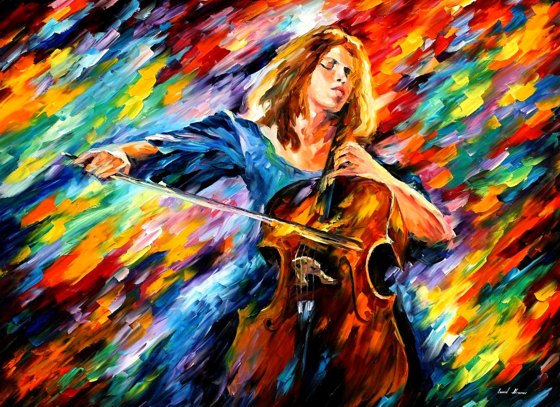



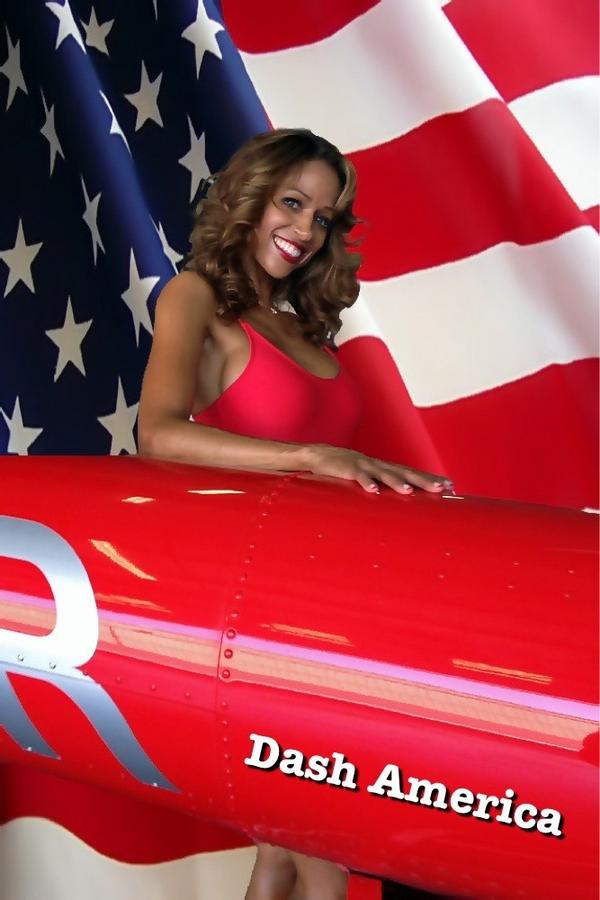
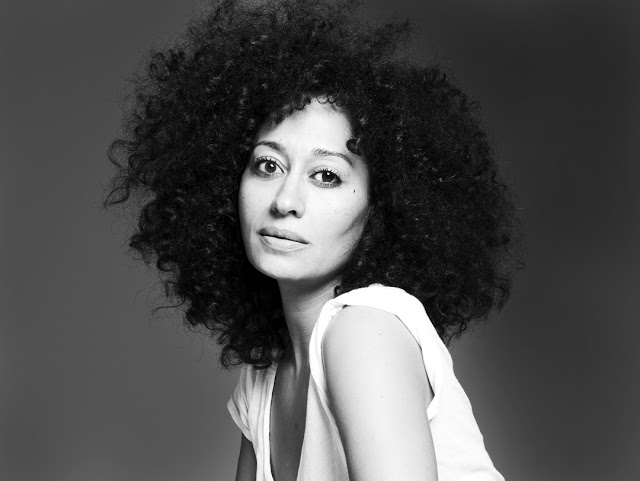
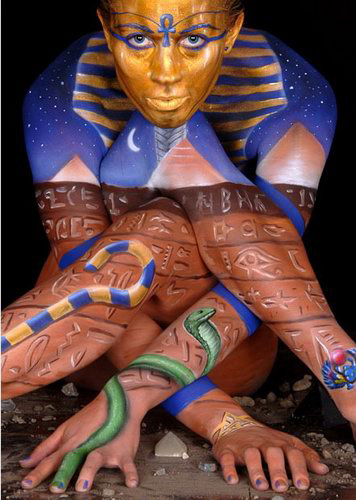

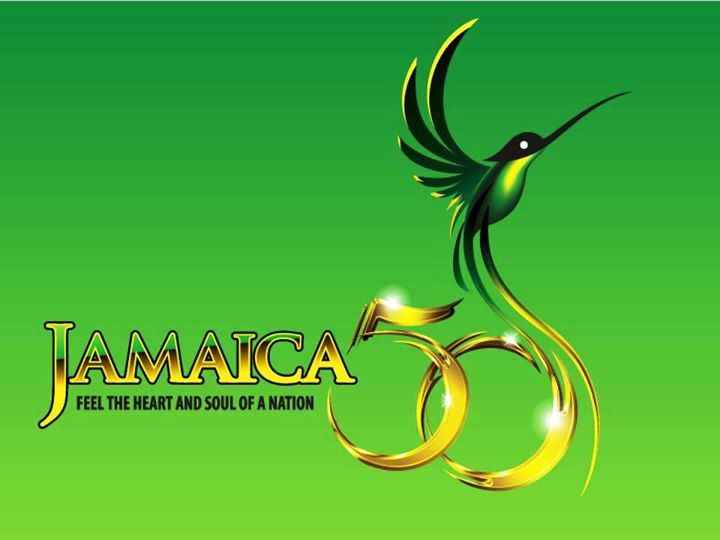
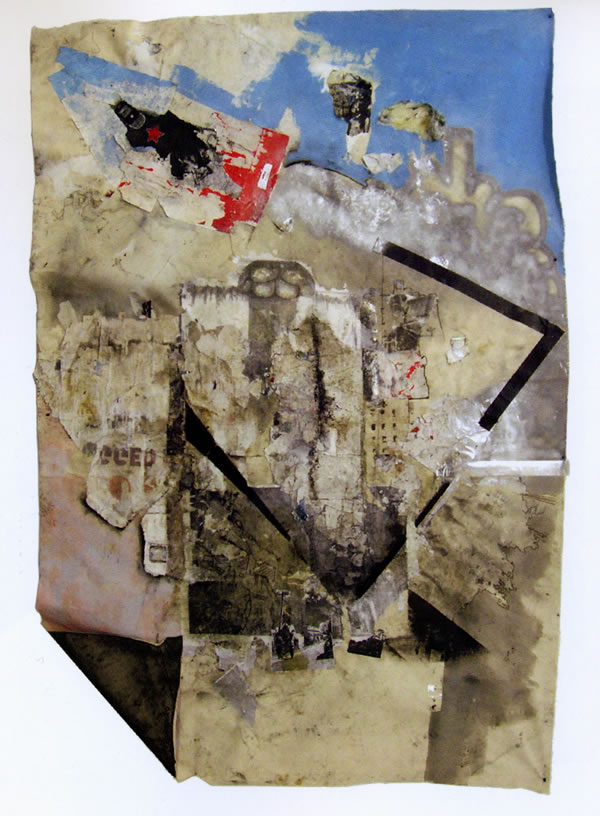
 In HERO’S STORY, Washington examines black masculinity in the context of heroic narratives. Capitalizing on his fascination with dark tonalities, the irregularities of unstretched canvas and particularly visceral collaging, he introduces figurative and representational references that evoke an environment that is alternately urban and cosmic. The black male body, a central subject of objectification, stands at the junction of American historical identity and popular culture suggesting notions of the hero and the anti-hero. In either mode, Washington has sought to preserve autonomy, complexity and ambiguity as elements of black agency.
In HERO’S STORY, Washington examines black masculinity in the context of heroic narratives. Capitalizing on his fascination with dark tonalities, the irregularities of unstretched canvas and particularly visceral collaging, he introduces figurative and representational references that evoke an environment that is alternately urban and cosmic. The black male body, a central subject of objectification, stands at the junction of American historical identity and popular culture suggesting notions of the hero and the anti-hero. In either mode, Washington has sought to preserve autonomy, complexity and ambiguity as elements of black agency. Boogie Man combines Washington’s frequent use of cityscapes with his mastery of figurative imagery. Here towers and urban skylines are subsumed into a massive face that is not immediately apparent. However, once the eye of the face emerges, the remaining outlines that describe the visage become clear. Especially prominent are the lips that appear just above a collage of Minnie Mouse. Alas, the face of the boogieman turns out to be a black youth. In virtually all stories of the boogieman, he lacks clear features and seems to be primarily a ghost-like entity suitable for threatening children or frightening those with Gothic imaginations. How can one yoke together such a character with the innocence of Minnie Mouse? In a world where black men are often unjustly feared, what does it mean to be perceived as the boogieman? How exactly does this juxtaposition work? No real answer is forthcoming from Washington.
Boogie Man combines Washington’s frequent use of cityscapes with his mastery of figurative imagery. Here towers and urban skylines are subsumed into a massive face that is not immediately apparent. However, once the eye of the face emerges, the remaining outlines that describe the visage become clear. Especially prominent are the lips that appear just above a collage of Minnie Mouse. Alas, the face of the boogieman turns out to be a black youth. In virtually all stories of the boogieman, he lacks clear features and seems to be primarily a ghost-like entity suitable for threatening children or frightening those with Gothic imaginations. How can one yoke together such a character with the innocence of Minnie Mouse? In a world where black men are often unjustly feared, what does it mean to be perceived as the boogieman? How exactly does this juxtaposition work? No real answer is forthcoming from Washington.



